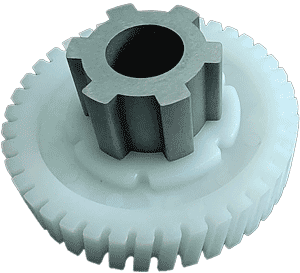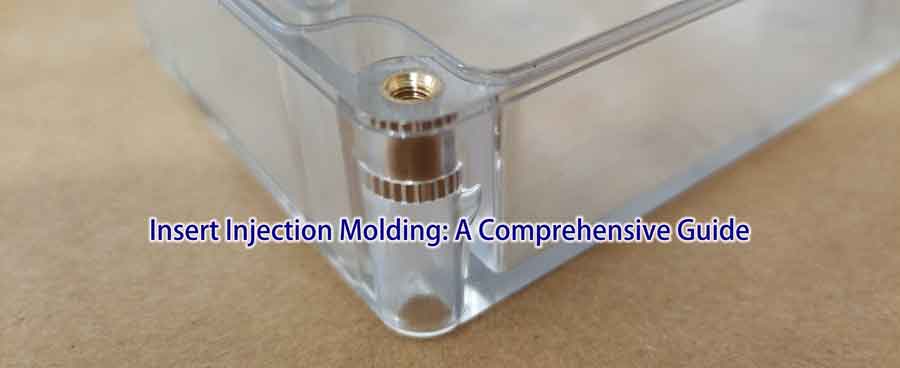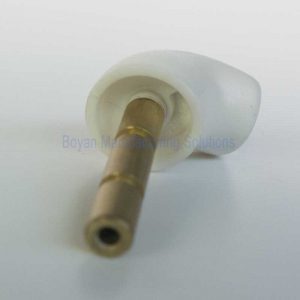Introduction to Insert Injection Molding
Insert injection molding is a precise manufacturing process that involves integrating pre-fabricated inserts into a mold. This technique allows molten plastic to be injected into the mold cavity, enabling the plastic and the insert to seamlessly merge as a unified component once cooled.
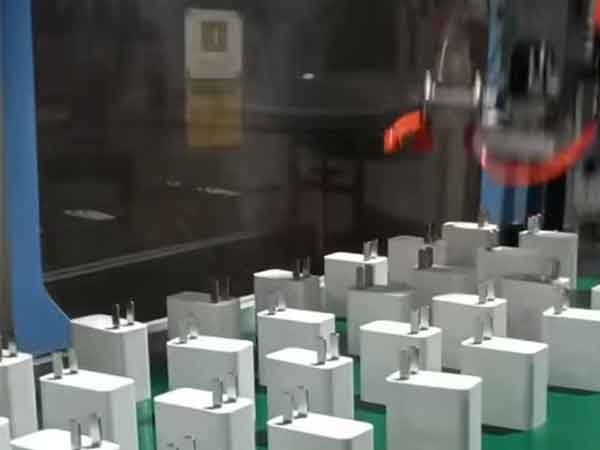
Table of Contents
ToggleDiverse Applications
One of the primary applications of insert injection molding is for integrating threaded inserts. Nevertheless, it is also commonly utilized for a diverse range of components including metal electrodes, round tubes, gears, and more.
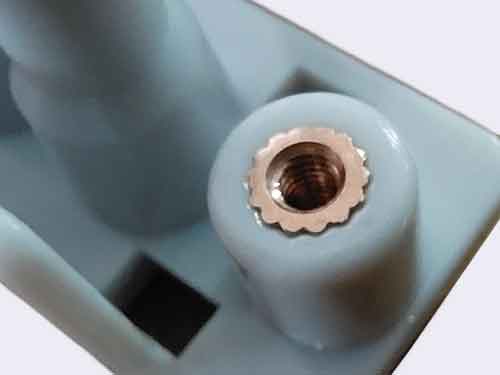
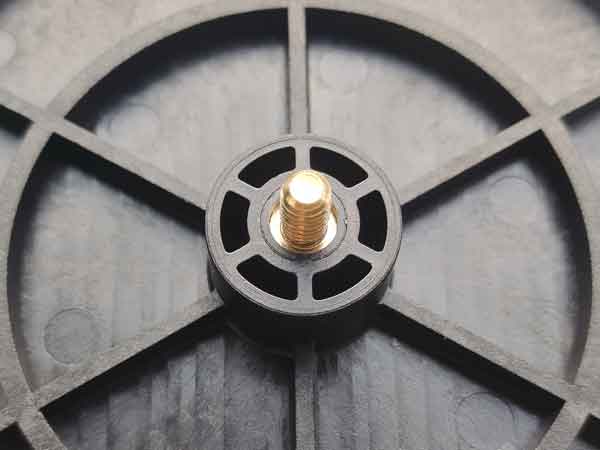
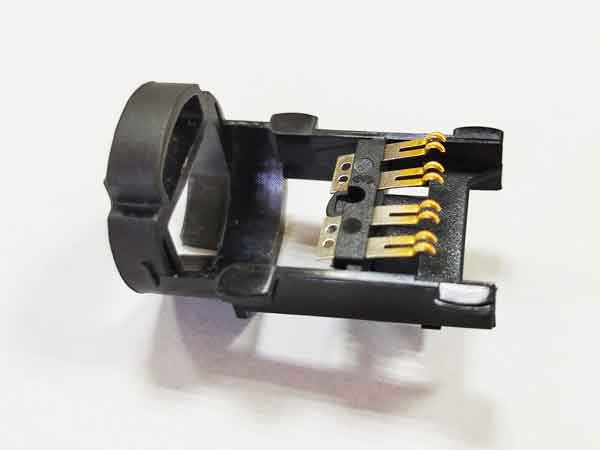
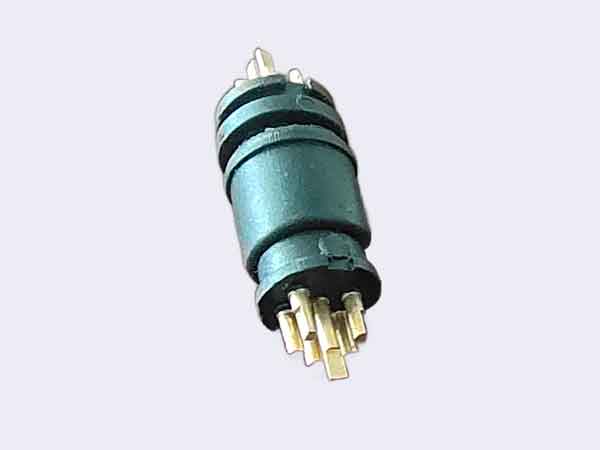
Varied Material Options
When it comes to inserts, the materials used are versatile. While metals such as brass, stainless steel, and electroplated ordinary steel are frequently employed, non-metallic materials like glass, wood, fiber, and rubber are also viable options.
This manufacturing process has revolutionized the production of complex components, offering enhanced efficiency and functionality across various industries.
Two Methods of Insert Placement
Inserts can be placed into molds using two primary methods, each catering to specific production requirements.
Manual Placement
Manual placement is the conventional approach where operators manually insert the components. This method is predominantly employed for small to medium-sized production batches. While it offers flexibility, it may be labor-intensive and potentially subject to manual errors.
Automated Placement
Automated placement leverages the efficiency and speed of robots to insert components with precision. This method minimizes the risk of errors associated with manual placement, making it ideal for mass production. However, it does require a substantial initial investment, primarily suited for high-volume manufacturing scenarios.
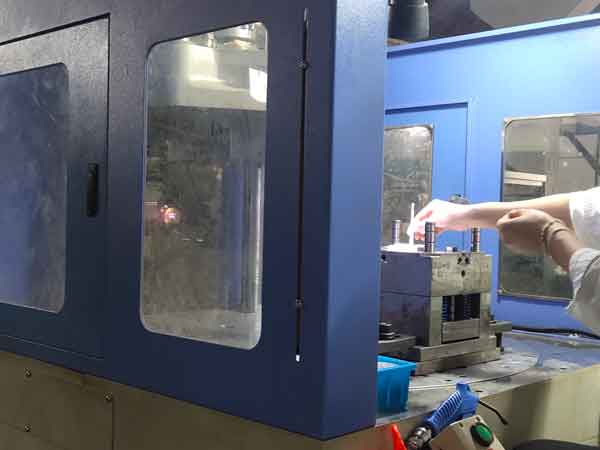
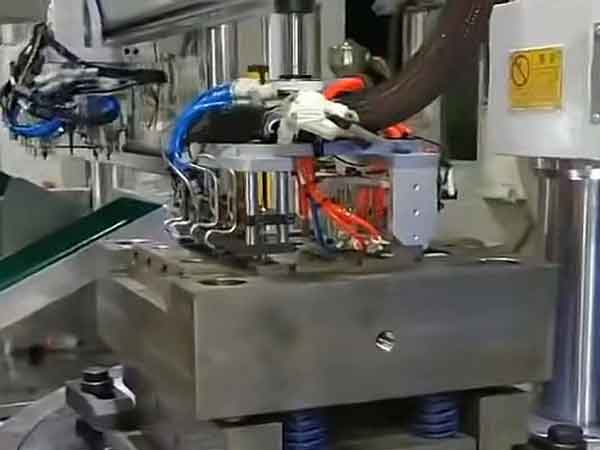
The Benefits of Insert Injection Molding
Insert injection molding serves as a pivotal manufacturing technique for several compelling reasons, notably allowing the fusion of distinct material attributes and the consolidation of multiple components into a singular piece, thereby streamlining post-production processes.
Material Fusion
Insert injection molding allows different materials to be combined, bringing together their unique properties, such as the durability and rigidity of metals, into plastic components. This synergy broadens the range of applications and enhances the structural integrity of the final product.
Enhancing Wear Resistance
In applications demanding exceptional wear resistance, metal components often outperform their plastic counterparts. For instance, high-stress and high-frequency applications, such as worm gears, frequently require the use of durable metal components to ensure optimal performance and longevity.
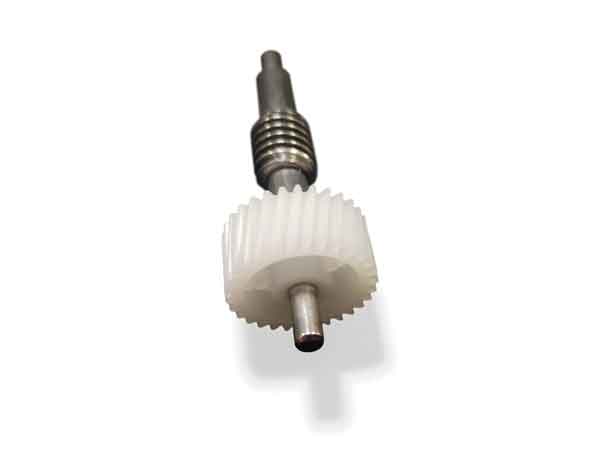
Reinforced Strength
When utilized in conjunction with metal parts as the product’s framework, insert injection molding significantly bolsters product strength. This approach allows for the creation of robust, reliable products.
In sum, insert injection molding provides a versatile and efficient solution to numerous manufacturing challenges, offering improved material characteristics, precise dimensions, and enhanced product strength.
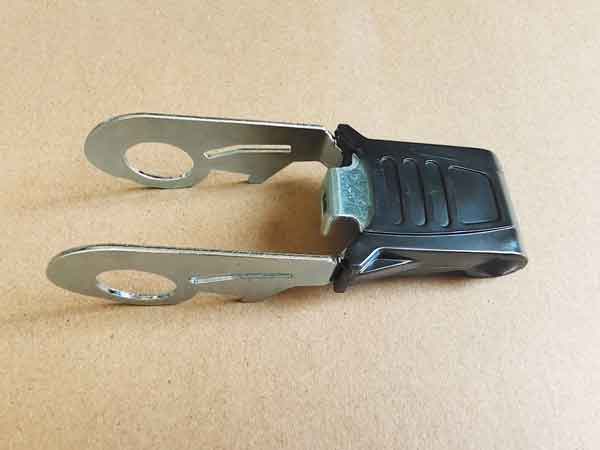
Considerations for Insert Injection Molding
Insert injection molding demands precise control to ensure the effective fusion of different materials during the injection process. This involves managing critical factors like temperature, pressure, and injection speed, necessitating specialized equipment and skilled operators.
Material Compatibility
Compatibility between the insert material and the specific type of plastic used is crucial. It ensures a secure and reliable bond between the materials. However, this requirement can limit the range of materials that can be used.
Manual Insertion Challenges
Manual insert placement, though possible, can be time-consuming and extend the injection molding cycle. In some cases, raising the mold temperature may be necessary for successful insertion.
Recycling Considerations
Recycling products created through insert injection molding can be challenging. The inserts must be removed before recycling, potentially leading to increased plastic waste and environmental concerns.
Common Challenges in Insert Injection Molding
Insert injection molding offers significant advantages, but it also presents certain challenges that must be addressed during production.
Precision Issues with Metal Inserts
One common challenge involves the precise positioning of metal inserts. Deviations in the insert’s outer diameter can result in gaps between the insert and the mold’s positioning hole, leading to positioning errors.
For instance, a slight discrepancy in the center of an insert nut may be acceptable when used for threaded connections with less stringent positioning requirements, typically within 0.5mm.
However, when higher precision is necessary, improving the insert’s outer diameter dimensional accuracy becomes essential. This may increase production costs, and in some cases, achieving the required accuracy might be challenging, necessitating the use of auxiliary positioning tools to enhance precision.
Plastic Cracking Around Inserts
A common issue in insert injection molding is the development of cracks in the plastic around the insert. This problem arises from the differing shrinkage ratios between plastics and metals. In most cases, plastics exhibit a linear expansion coefficient 3 to 12 times greater than that of metals. Metal inserts, in particular, tend to shrink less without the application of heat, resulting in stress concentration around the insert and potential cracking.
It’s worth noting that plastic cracking might not manifest immediately; sometimes, it takes several months to become apparent after the injection molding process is completed. To prevent such cracking, consider these steps:
Increase Wall Thickness: Enhance the wall thickness around the insert to bolster its ability to withstand the stress caused by shrinkage.
Design Inserts Thoughtfully: Ideally, design inserts with rounded or arc-shaped configurations to avoid sharp corners, reducing the risk of stress concentration.
Material Selection: Different materials exhibit varying propensities for cracking. Materials like PC and PMMA are more prone to cracking, whereas using materials such as ABS and PA can reduce the risk.
Preheating Inserts: One of the most critical measures is to preheat the insert during the injection molding process, mitigating the stress-related cracking issue.
Nylon is Ideal for Metal Insert Molding Due to Its Strength
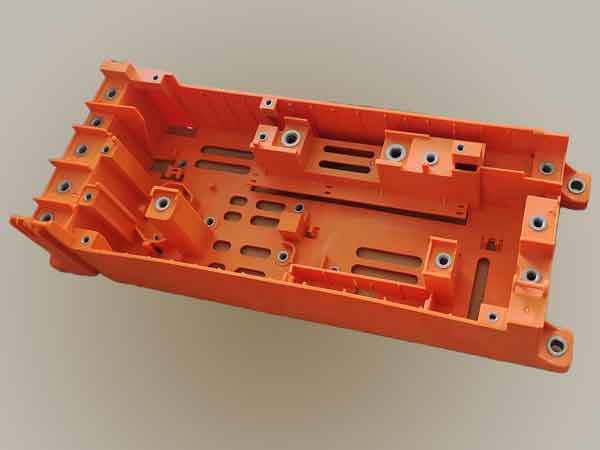
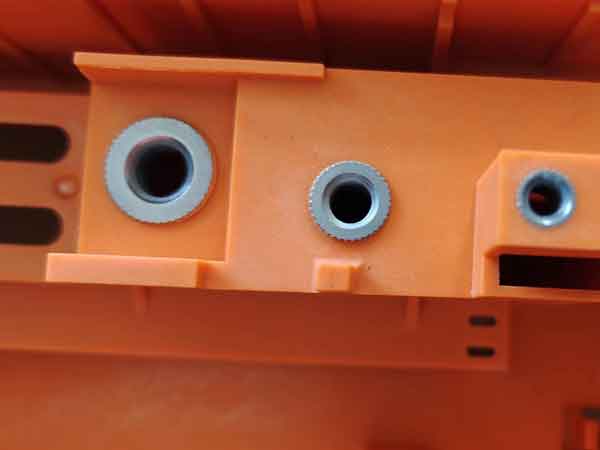
Nylon’s strength and toughness make it ideal for metal insert molding. The case features 34 embedded metal nuts. Since manually installing them exceeds 2 minutes, pre-heating the inserts is inefficient. Yet, the likelihood of plastic cracking is low, even with cool inserts.
Flash Formation around Inserts
Flash, the excess material formed around the insert, is often caused by various issues such as inadequate mold precision, insufficient clamping force, excessive injection pressure, or inadequate mold exhaust.
To address this, consider the following solutions:
Refined Design of the Gate Inlet: Optimize the design of the gate inlet to position the insert further away from the gate. This modification can help reduce localized pressure, minimizing the occurrence of flash.
Enhanced Mold Precision: Improving the accuracy of mold manufacturing can significantly reduce the likelihood of flash formation.
Improved Mold Exhaust System: Enhancing the mold’s exhaust system can effectively mitigate the issue of flash formation.
Implementing these solutions can contribute to the reduction of flash around the insert, ensuring a smoother and more efficient insert injection molding process.
Damage to Metal Inserts or Mold Core
Damages to metal inserts or the mold core can occur due to several factors:
Incorrect Insert Placement: When metal inserts are not properly positioned, they may be compressed by the mold core, resulting in surface damage.
Inadequate Insert Strength: If the insert lacks the necessary strength or if the placement of the ejector pin is poorly designed, the insert can suffer damage, including extrusion and deformation.
Insert Detachment: Inserts, especially those made of tougher materials like stainless steel, can become detached during the molding process and may get squeezed by the mold core. This can not only harm the insert but also lead to significant losses, necessitating special attention to prevent such incidents.
Avoiding these issues is essential to ensure the integrity of both the metal inserts and the mold core, contributing to the success of the insert injection molding process.
Conclusion
In conclusion, insert injection molding is a versatile manufacturing method with the power to combine different materials, enhance dimensional accuracy, and strengthen products. However, it comes with its share of challenges, including precise positioning, potential plastic cracking, flash formation, and the risk of metal insert and mold core damage. Addressing these issues through thoughtful design, improved manufacturing practices, and careful material selection is crucial for harnessing the full potential of this transformative process while minimizing complications. Mastering insert injection molding opens doors to innovative solutions across various industries.
